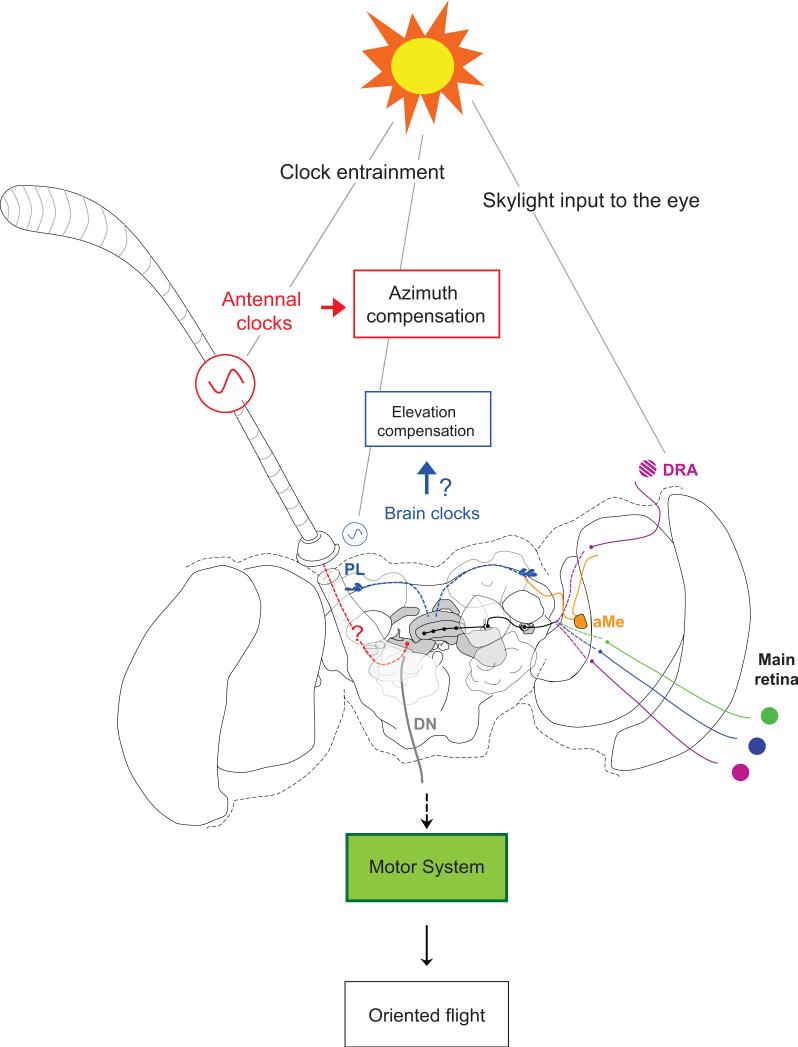Figure 3. Integrated model of the components of the time-compensated sun compass in the monarch butterfly.
Skylight input to the eye: the dorsal rim area (DRA) of the eye senses the angle of ultraviolet polarized light (crosshatched violet circle) and the main retina senses color (violet, blue and green circles) or the sun itself (without discrimination of colors). Both skylight cues are integrated and transmitted to the central complex (CX; in grey), through neural pathways that are not yet completely defined (dashed colored lines and black solid lines). Clock entrainment: Blue light entrains (synchronizes) circadian clocks in the antennae and the brain to the 24-hr day. The antennal clocks, involved in solar azimuth compensation, provide the major timing information to sun compass orientation behavior. The neural pathway connecting the antennal clocks to the CX is not yet determined (dashed red line with question mark). A minor influence of the brain clock on output neurons of the CX could be mediated through a neural pathway connecting the clock cells in the pars lateralis (PL) to the CX (blue dashed lines). In addition, the timing component of the solar elevation compensation may originate from the brain clocks in the PL (blue spots), as a CRYPTOCHROME1 positive fiber pathway (orange lines) connects the PL to the accessory medulla (aMe) and terminates in the proximity of proposed projections from the DRA [15]. The integrated signal in the central complex or its output structures is finally transmitted via descending neurons (DN) to motor circuits that generate oriented flight behavior via yet unknown pathways. Modified from [6].

